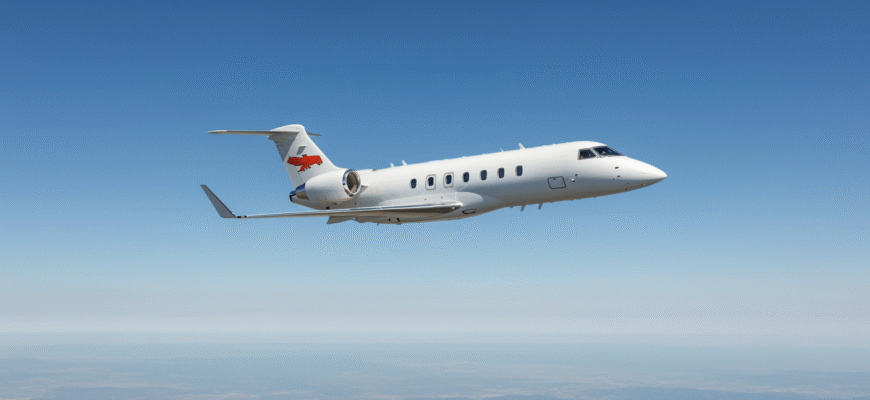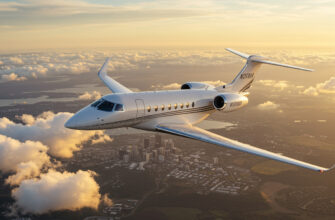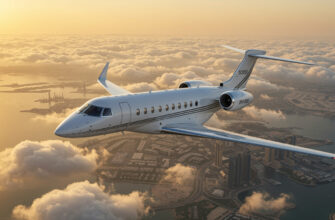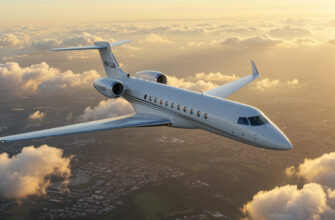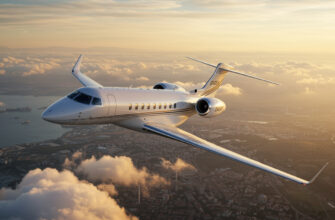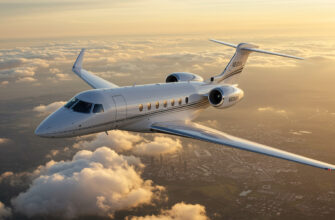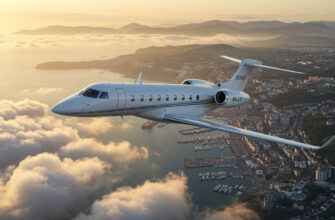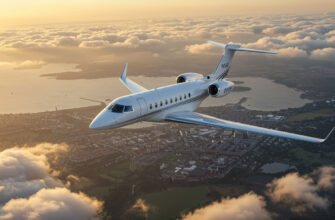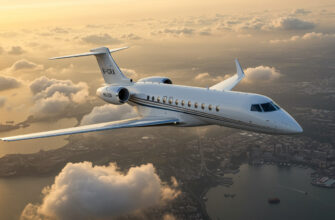There’s a belief that private jets are only for champagne and celebrities — but in Zambia, they’re much more than a luxury status symbol. They’re how you cut ten hours of bone-rattling road off your trip to the Lower Zambezi. They’re your way into airstrips that don’t even show up on Google Maps. And for travelers chasing the last wild places on Earth, that matters.
Private jet travel in Zambia serves purposes as varied as the terrain. High-end safari guests use them to hop between South Luangwa and Kafue without burning a full day in vans. Conservationists heading to research zones deep in the bush rely on them to move gear and expert teams. VIP business execs — often in mining or NGO leadership — charter flights for direct access to field offices. Even film crews use them to stick to tight shoot schedules across multiple remote parks.
Zambia stands apart because its most stunning locations also happen to be the hardest to get to. Wildlife lodges are tucked miles from paved roads. Commercial flights touch down in cities but stop far short of raw wilderness. That’s why, oddly enough, a 25-minute hop on a Cessna can cost less than your SUV transfer from the airport into town. Out here, flying isn’t a splurge — it’s smart travel.
Who Uses Private Jets In Zambia
Forget red carpet clichés — the skies over Zambia are busier with safari hats and cargo vests than tuxedos. People using private jets here aren’t just opting for comfort. Most of them genuinely need the reach that only airborne travel can give.
- Luxury safari travelers who don’t want to waste days bopping from Lusaka to Chunga by car
- Conservation teams heading to satellite camps or tracking collars in deep bush territory
- Corporate VIPs: Top execs visiting copperbelt mining zones or private reserves
- Film crews shooting documentaries or brand stories with tight routing
Tourism might be the face of it, but behind the scenes, jets are hauling medics, engineers, and camera kits into corners of the country where road signs simply don’t exist. For many passengers, the plane isn’t just transport — it’s survival support. And the pilots know what they’re flying into: short dirt runways, sudden weather flips, and more warthogs than warning lights.
Why Flying In Zambia Feels Different
You feel it the minute you’re midair — that stretch of wild, empty landscape with no roads in sight. Even East Africa’s more famous safari destinations don’t offer the same kind of untouched sprawl.
Here’s why Zambia’s private aviation circuit stands out:
- Remote luxury camps mean airstrips nestled deep in national parks — think Mwanya or Jeki instead of airports with terminals
- No mass tourism infrastructure: You won’t find busy shuttle planes with preassigned seats and cookie-cutter itineraries
- Massive, unfragmented wilderness: National parks here aren’t surrounded by highways and hotels. They’re wrapped in silence
Zambia doesn’t spoon-feed its nature. You earn it. And without a private plane, there’s a very real chance you’ll miss the best parts. That’s why visitors chasing the “pure Africa” experience increasingly book private air – not to feel rich, but to fully arrive.
Practicality Over Prestige: Why It’s Not Just About Luxury
You could drive to Liuwa Plain National Park. You could also miss two game drives, burn out your driver, and lose daylight to potholes the size of hippos.
Private jet charters solve the single biggest problem with Zambian logistics: access. They turn what would be a two-day drive into a 90-minute hop. And sometimes that hop costs less than the SUV waiting to pick you up.
| Route | Flight Time | Estimated Cost (Cessna Caravan) |
|---|---|---|
| Lusaka → South Luangwa | 1 hr 30 min | $2,000–$2,500 |
| Livingstone → Lower Zambezi | 1 hr | $1,700–$2,100 |
| Lusaka → Kafue | 55 min | $1,500–$1,900 |
It’s math, not just mood lighting.
Split those costs four or five ways, and you’ve got a cost per person that can rival small group safaris. Plus, every minute you’re not on Zambian backroads is one more chance to see elephants from 3,000 feet, not from the back of a van stuck in sand.
Where You Can Go by Private Plane: The Reach of Air Charters in Zambia
Think Zambia’s only for intrepid overlanders in dusty Land Cruisers? Think again. Private air charters are rewriting the rulebook for how deep into the bush you can go. No jittery 10-hour game vehicle hauls. No missing morning leopard tracks while stuck in Zambezi mud. With private planes, it’s just tarmac, runway, and the wild.
Need to get to that off-grid, Wi-Fi-never-heard-of-it safari camp? Operators fly into airstrips like Mwanya, Jeki, or Chunga—places that don’t even show up properly on Google Maps. These bush strips are bits of cleared earth surrounded by elephants and acacias—reachable only by air, unless you have a helicopter… or nine hours and a very forgiving spine.
During Zambia’s green season, when rains swallow roads whole, national parks like Lower Zambezi become air-access only. It’s not just faster—it’s literally the only way in. Many luxury lodges in that region rely exclusively on bush flights or helicopters between January and March.
Charters don’t stop at the border either. Planning a wild five-country safari run across Southern Africa? Fly from Zambia into Botswana’s gateway to Okavango, Namibia’s Caprivi Strip, or remote eastern Mozambique with custom itineraries. Even NGO teams make bush-to-bush runs into the DRC from Zambia for field work, avoiding commercial routes altogether.
No passport kiosk lines. No lost baggage. Just straight shots into the wildest corners of the continent—with a drink in hand and lions waiting at the end of the runway.
How to Book a Private Jet in Zambia
Booking private flights in Zambia can be simple—or frustrating—depending on who you use. There’s a tug-of-war between Western brokers and Zambian-based operators. Both work, but they hit different travel nerves.
- Western brokers often charge higher prices but offer slick online interfaces and rapid communication—they’re great for large aircraft or complex itineraries.
- Local operators are your hack for value. Their rates often run way lower, but you’ll likely be working over WhatsApp or email. Don’t expect corporate polish—but do expect flexibility and insider routings.
Before booking, look beyond “just get me there.” In Zambia, it’s about:
- Luggage limits: Bush planes especially enforce strict weight minimums—soft bags only, usually 15–20kg per person.
- Landing times: Most bush airstrips don’t allow night landings; plan your trip accordingly.
- Airstrip clearance: Not every destination is an open runway—some require approval or verification first.
July to October is wild season for safaris—dry bush, high visibility, and premium bookings. Private flights during these months need early reservations, especially if hopping between multiple lodges. Dry shoulder seasons like May or November? More wiggle room, better pricing.
What Makes It Worth It: The Experience and Emotional Payoff
Ever seen a herd of 200 elephants from above, moving like clockwork across golden floodplains while hippos bubble below in muddy rivers? That’s not a postcard—it’s your descent into Lower Zambezi’s airstrip from 3,000 feet.
Landing on a dirt runway that splits open into the bush feels like a scene out of some lost explorer movie. No gates. No fences. Just dust rising and baboons watching you taxi in.
What’s the real luxury here? Privacy, speed, and freedom. You trade airport chaos for airborne stillness. Gain hours so you can fit in one more game drive, or dodge a 12-hour road transfer that would’ve left your back wrecked and your spirits fried.
